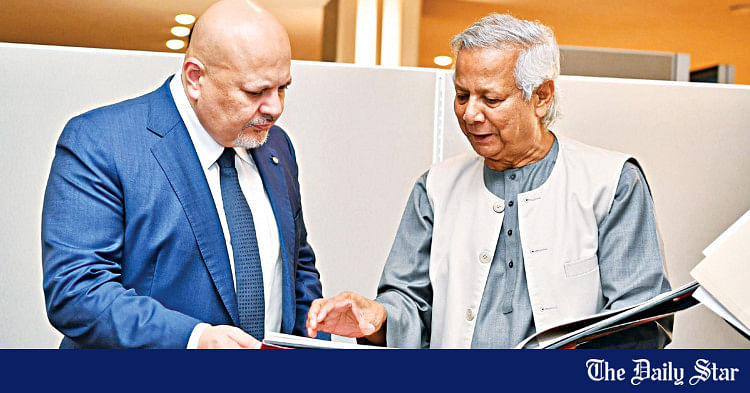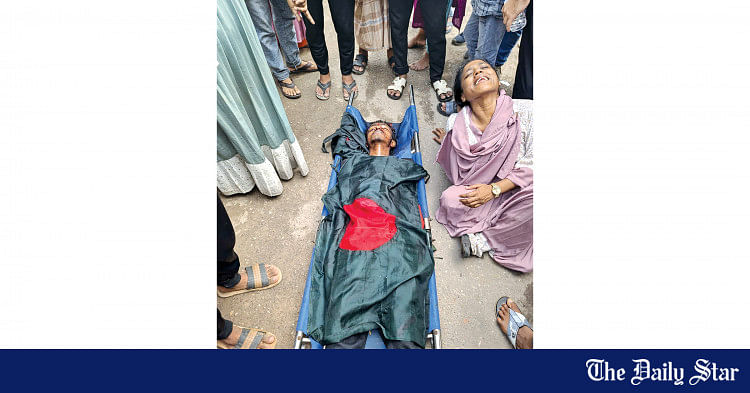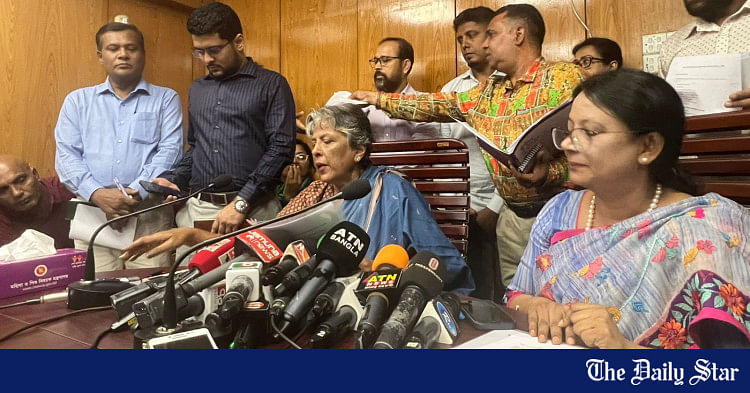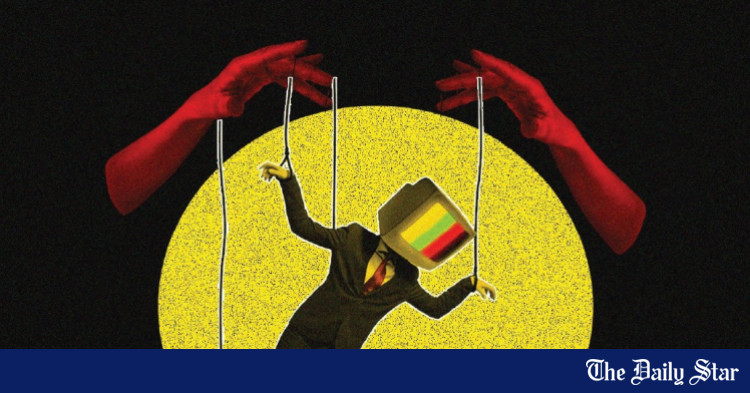Saif
Senior Member
- Messages
- 14,634
- Reaction score
- 7,628
- Origin

- Residence

- Axis Group

- Copy to clipboard
- Thread starter
- #21

Deaths during student protest: 4 students' bodies exhumed in Feni for autopsies
The bodies of students Ishtiaq Ahmed Shraban, Saidur Rahman Syed, Zakir Hossain Shakil and Md Sabuj, who were killed during the anti-discrimination student’s movement in Feni's Mohipal, have been exhumed for autopsies. Of them, the bodies of Shraban and Syed of Fazilpur Kalatali area of Fulg
Deaths during student protest: 4 students' bodies exhumed in Feni for autopsies
Published :
Sep 12, 2024 00:01
Updated :
Sep 12, 2024 00:01

The bodies of students Ishtiaq Ahmed Shraban, Saidur Rahman Syed, Zakir Hossain Shakil and Md Sabuj, who were killed during the anti-discrimination student’s movement in Feni's Mohipal, have been exhumed for autopsies.
Of them, the bodies of Shraban and Syed of Fazilpur Kalatali area of Fulgazi Upazila were exhumed on Wednesday while the bodies of Shakil and Sabuj were exhumed on Tuesday on the orders of the court, reports UNB.
Later, the bodies were sent to Feni General Hospital for post-mortem.
On August 4, in support of the non-cooperation movement, the agitators were protesting in the Mohipal area of Feni on the Dhaka-Chattogram highway.
At the same time, the leaders and activists of Awami League and its allies took a stand on the trunk road of the city.
At around 2pm, when the leaders and activists of Awami League and allied organizations were moving towards Mohipal flyover, a clash broke out between the two groups.
At that moment, the surrounding became shaken by the explosion of shots, cocktails.
Sounds of firing were heard intermittently till 5pm.
At one stage of the clash, the police box of Mohipal was set on fire.
Nine people were killed in this incident and more than 150 people, including students, pedestrians and journalists, were injured by brickbats.
Published :
Sep 12, 2024 00:01
Updated :
Sep 12, 2024 00:01
The bodies of students Ishtiaq Ahmed Shraban, Saidur Rahman Syed, Zakir Hossain Shakil and Md Sabuj, who were killed during the anti-discrimination student’s movement in Feni's Mohipal, have been exhumed for autopsies.
Of them, the bodies of Shraban and Syed of Fazilpur Kalatali area of Fulgazi Upazila were exhumed on Wednesday while the bodies of Shakil and Sabuj were exhumed on Tuesday on the orders of the court, reports UNB.
Later, the bodies were sent to Feni General Hospital for post-mortem.
On August 4, in support of the non-cooperation movement, the agitators were protesting in the Mohipal area of Feni on the Dhaka-Chattogram highway.
At the same time, the leaders and activists of Awami League and its allies took a stand on the trunk road of the city.
At around 2pm, when the leaders and activists of Awami League and allied organizations were moving towards Mohipal flyover, a clash broke out between the two groups.
At that moment, the surrounding became shaken by the explosion of shots, cocktails.
Sounds of firing were heard intermittently till 5pm.
At one stage of the clash, the police box of Mohipal was set on fire.
Nine people were killed in this incident and more than 150 people, including students, pedestrians and journalists, were injured by brickbats.


















